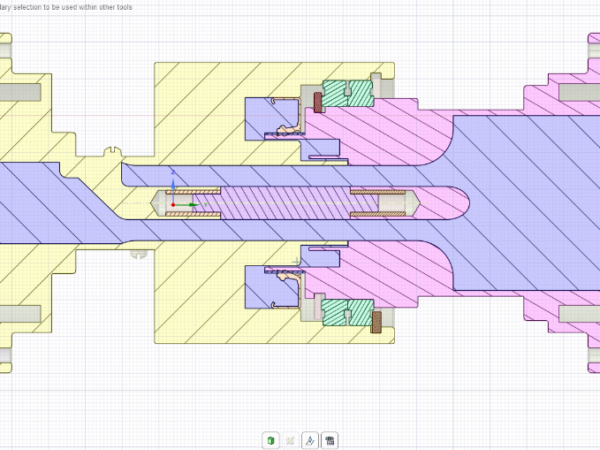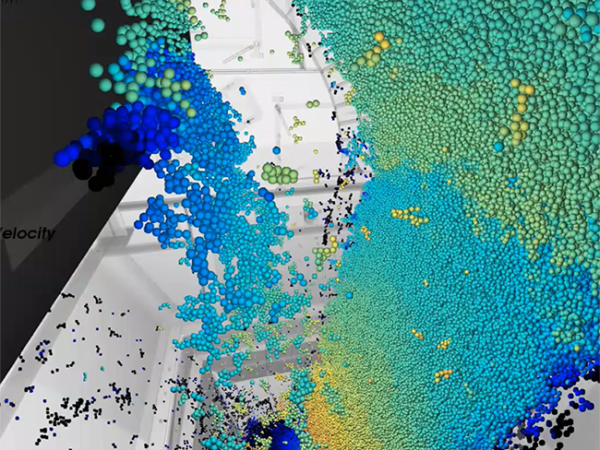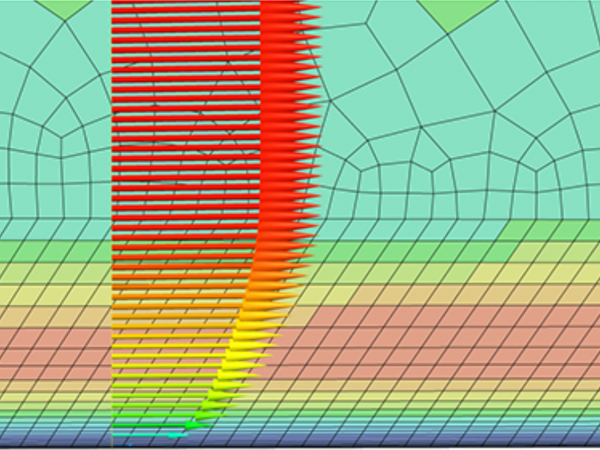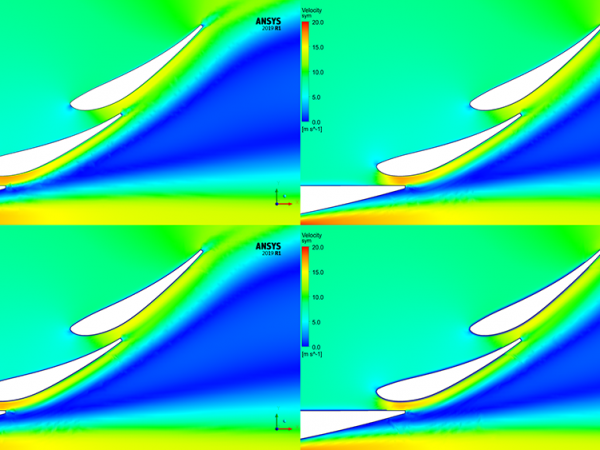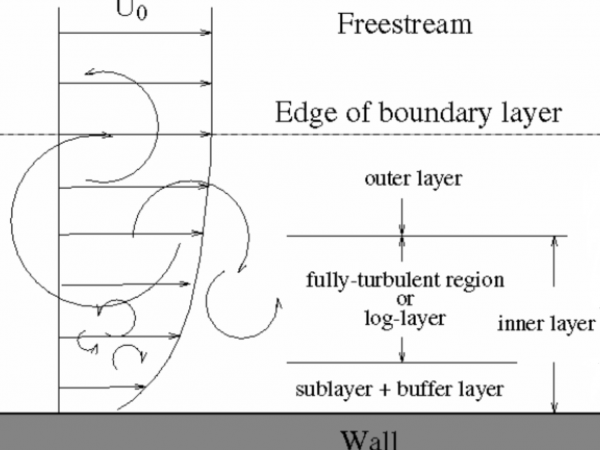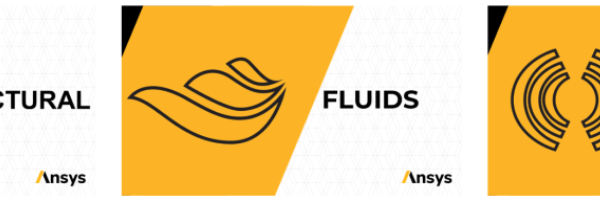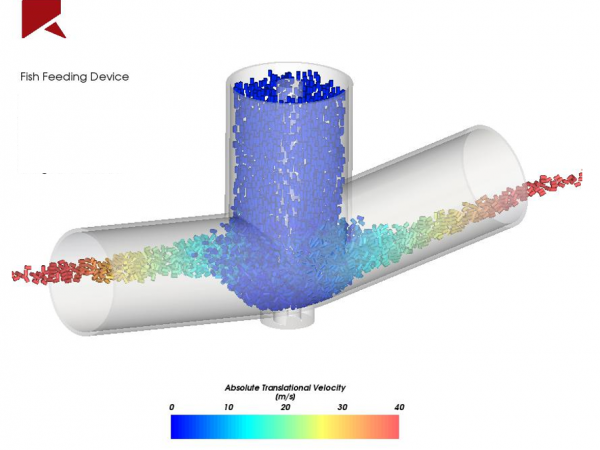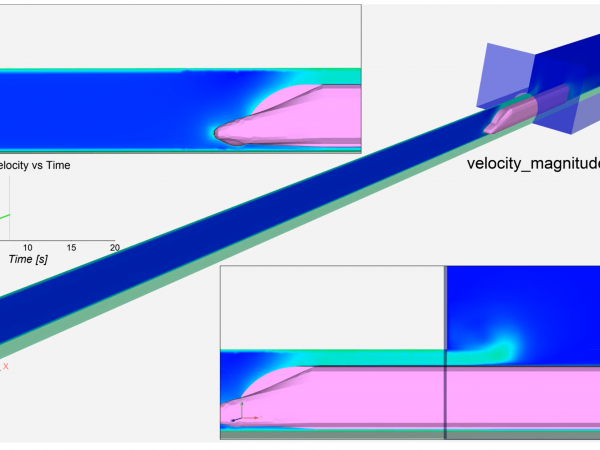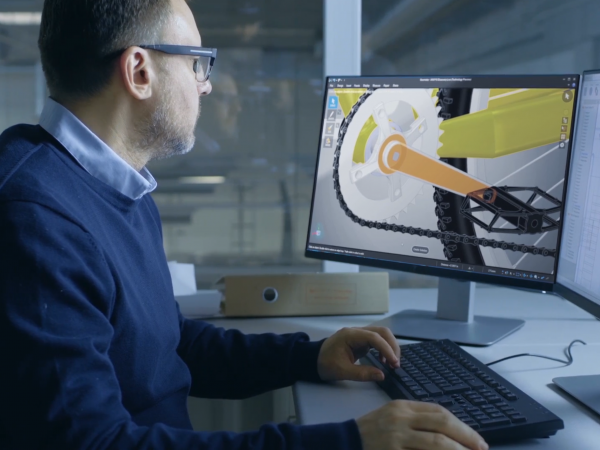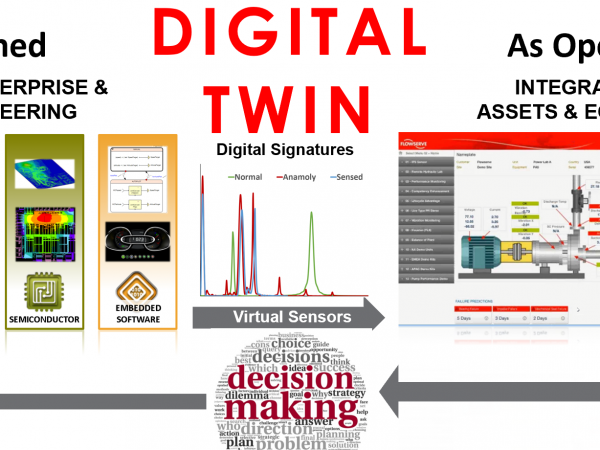Ansys SpaceClaim has long been the preferred tool for engineers to prepare CAD for simulation. With the release of Ansys 2020 R2, new advances have made SpaceClaim even easier and more powerful than ever before, particularly in bi-directional CAD transfer, block recording & scripting capabilities. LEAP recently ran a webinar to demonstrate how SpaceClaim allows Ansys users to perform advanced, fully automatic manipulation of simulation models directly from the original CAD source. This presentation has been summarised and is available to watch on demand below. Overview of SpaceClaim core capabilities This section provides an overview of why SpaceClaim has been the best tool to prepare industrial CAD for simulation for a number of years. Time-saving features that simulation engineers need are easily located in the...
Rocky DEM is a high fidelity particle simulation program that quickly and accurately simulates particle behaviour within bulk materials handling systems used across a variety of industries including mining and minerals processing, food and beverage, pharmaceutical, agricultural and any industry dealing with particulate systems or solids handling applications. Some keys features include: an extensive library of realistic particle shapes, an intuitive and easy-to-use interface, superior scalability with CPU, GPU and multi-GPU processing, advanced breakage and flexible particle models, evaluation of belt and surface wear, integration with ANSYS FEA and CFD, complex moving and vibrating boundaries and more. Figure 1: Advanced Unique Capabilities of ROCKY DEM In this article, we will focus on materials calibration which is a process commonly adopted in DEM to fine-tune material...
This blog series focuses on a common question: What y+ should I use in my simulations? This is the final part (Part 3) in the series – Understanding impact of Y+ and number of prism layers on flow resolution in our CFD simulations
This blog series focuses on a common question: What y+ should I use in my simulations? This is Part 2 in the series – Resolving each region of the boundary layer.
This blog series focuses on a common question: What y+ should I use in my CFD simulations? This first post is designed to help you understand the physics of boundary layers in relation to CFD meshes and Y+ values.
LEAP Australia is committed to the growth of CAE software and simulation tools within the engineering and design community across Australia and New Zealand. Support and training of our customers and students form a vital part of this commitment. The success seen with our LEAP Academic Portal inspired us to build a new platform for all users in Australia and New Zealand and we are now excited to launch the new LEAP Learning Hub. The LEAP Learning Hub has a new interface offering a smoother workflow for users to find Ansys training materials for our primary simulation physics: structural, fluids, electromagnetics and electronics. With every new Ansys release, it is easier and faster for users to set up detailed physics-based simulations. Still, it remains crucial for engineers to have a firm grasp of the underlying physics and to follow established best practices to achieve reliable and accurate simulation results. We hope the Learning Hub will assist you in this journey. How does it work? To...
Rocky is a powerful, 3D DEM program that quickly and accurately simulates particle behaviour within bulk materials handling systems used across a variety of industries including mining and minerals processing, food and beverage, pharmaceutical, agricultural and any industry dealing with particulate systems or solids handling applications. Some keys features include: an extensive library of realistic particle shapes, an intuitive and easy-to-use interface, superior scalability with CPU, GPU and multi-GPU processing, advanced breakage and flexible particle models, evaluation of belt and surface wear, integration with Ansys FEA and CFD, complex moving and vibrating boundaries and more. In this article, we will focus on the integration with Ansys FEA and CFD and provide some examples to demonstrate how this works and why it is needed. ROCKY...
Ensuring adequate ventilation is a critical challenge when designing rail tunnels. How can CFD be used to accurately size the ventilation fans while accounting for the movement of trains through tunnels at high speeds?
In these unprecedented times with many working from home due to the global COVID-19 pandemic, our team at LEAP Australia has put together some tips to help you continue using Ansys CFD software while working remotely.
Is your company developing a Digital Twin strategy? LEAP’s engineers have created working examples of a Simulation-based Digital Twin in action - a real-time, virtual replica of your equipment constantly updated through IoT data that provides you with:
- insight into real-time performance using extra Virtual Sensor outputs
- data to assess machine health & identify possible failure conditions
- actionable data to enable predictive maintenance & avoid costly downtime.
